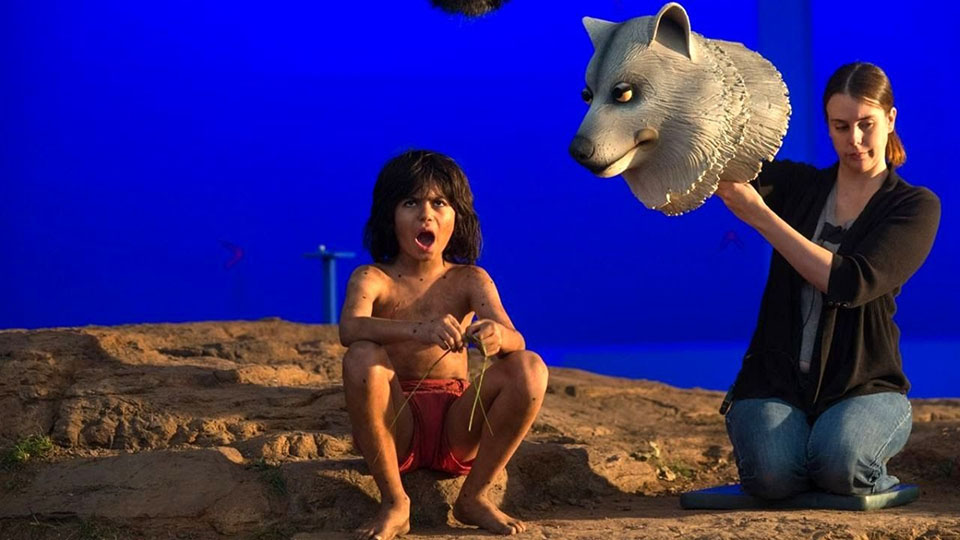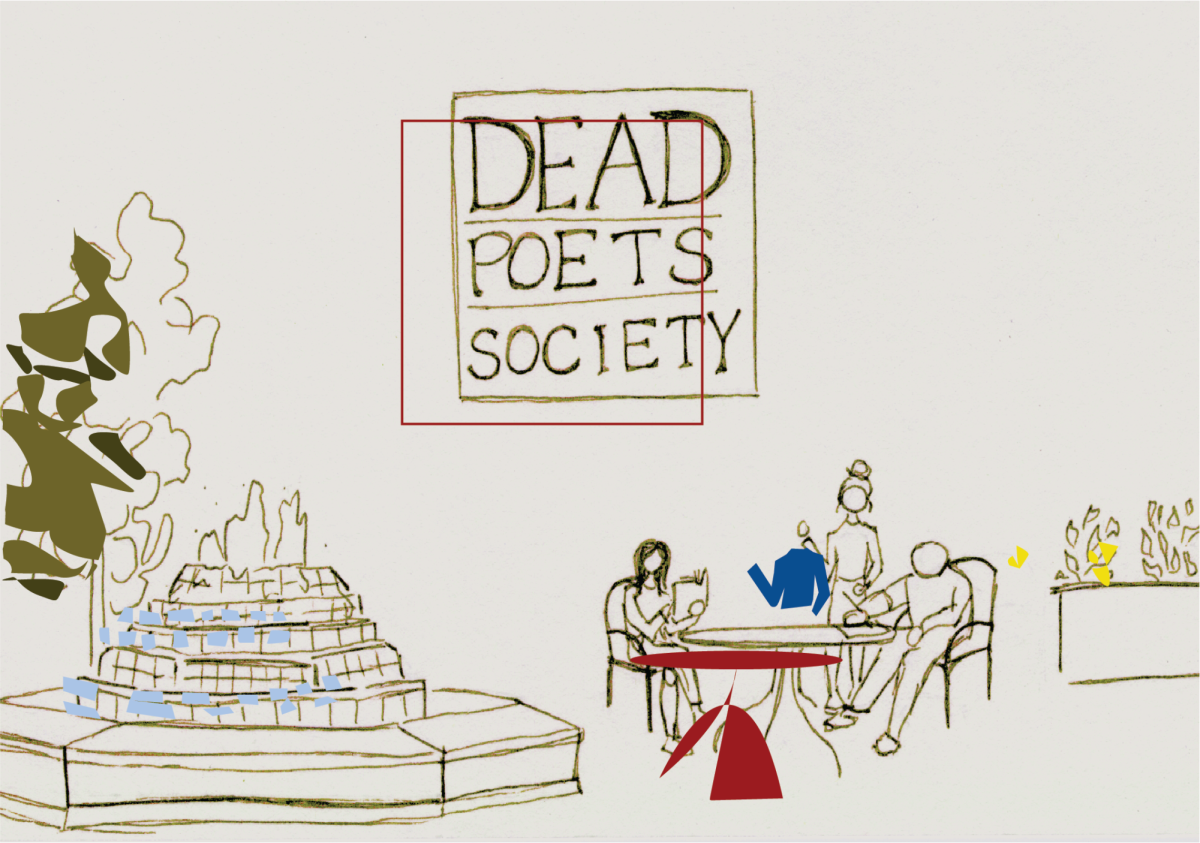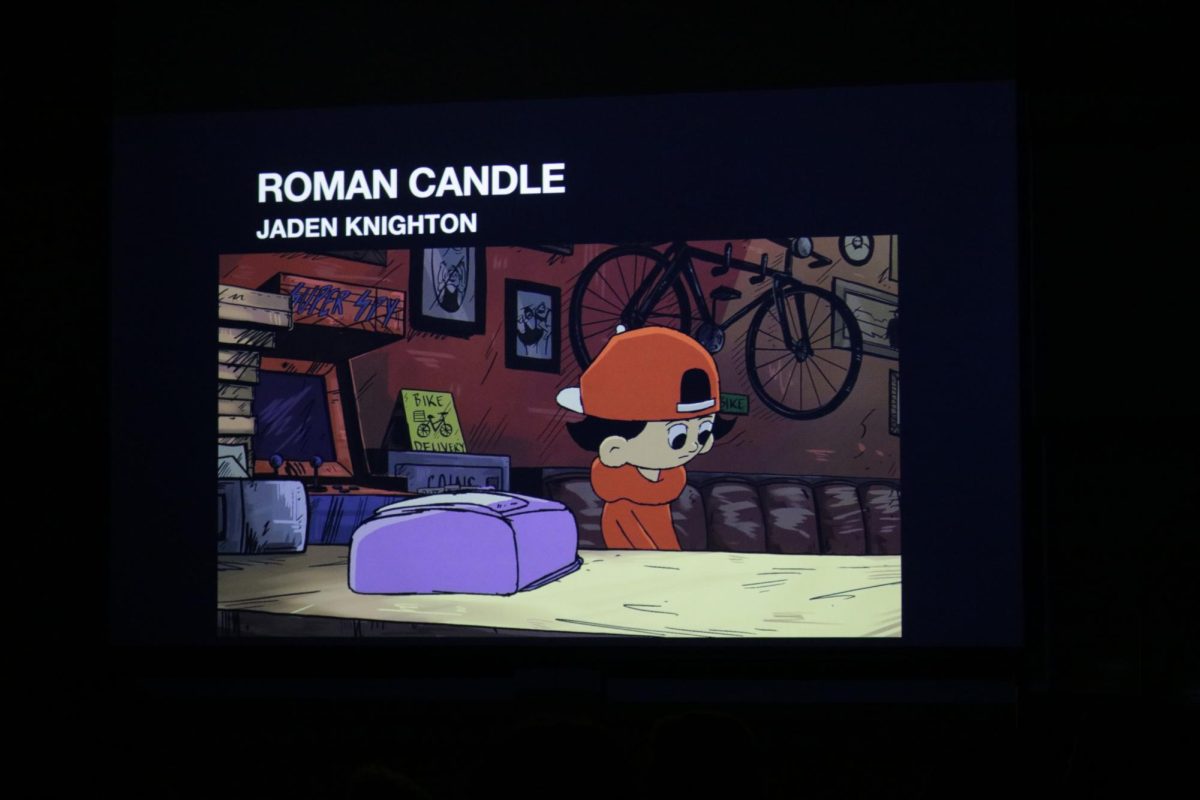Computer-Generated Imagery has become more popular in filmmaking in recent years. It gained popularity through Marvel and DC superhero movies and has allowed for movies like the live action version of “The Jungle Book” and James Cameron’s “Avatar” to happen. These so-called “effects-driven films” are becoming more popular with audiences.
An organic element
“It’s almost like effects has become its own genre of film,” said John Schmidt, cinema and media arts professor.
Audiences have become smarter over the years and the movies have grown bigger. They expect films to have CGI, but the CGI should not be noticeable. Good CGI is seamless, it should be an organic part of the story and not be a distraction to the audience, according to Schmidt.
One use of CGI includes creating worlds, as seen in the live action version of “The Jungle Book” and James Cameron’s “Avatar”. Both made leaps in the development of CGI, showing the possibility it offers film. Audiences find it easy to believe the explosions and destruction of New York City, talking animals and aliens, but when a human being is animated, the audience still does not quite believe it yet. “The Polar Express” confused many audiences with this use of CGI.
Rotten Tomatoes said that the animated human characters were not lifelike enough. Although this movie was released in 2004, animating humans remain difficult to do today. In “Rogue One” the face of Peter Cushing was animated over another actor’s face for continuity and respect for the actor. For sentimental reasons, this was taken better than others — however, it was bold for the director to go in for a close-up on the animated face.
Enhanced storytelling
“To make CGI replace the human face still seems to be something audiences don’t connect with,” said Gerald Fisher, cinema and media arts professor.
Some of the first films to develop CGI included the “The Lord of the Rings” trilogy. In these films, CGI was used in the background of the film to fill in some of the landscapes and large battle scenes. The mixed audience reviews to the more recent film, “The Hobbit: The Desolation of Smaug,” revealed some controversy over the river and barrels scene, which brims with CGI as the main characters travel down a raging river in barrels while fighting off enemies. Most audiences did not see this scene as a successful use of CGI. The main difference is the amount of CGI that is being used in the foreground rather than the background of this scene.
“The purpose of CGI should be to enhance the story, to make whatever you’re creating more compelling to the audience, more believable, more emotional,” Fisher said.
The future of film
The future of film still lies with the audience, and the audience is getting harder to please.
“The stakes have to keep being raised in a certain way, in certain genres, especially the action-adventure,” Schmidt said.
This is causing films to become bigger and louder like the recent “Guardians of the Galaxy Vol. 2,” but at the heart of any film should be the storytelling. The effects should be a part of a film, to contribute to the story, but not the lead role.
“You can have the best CGI in the world ever, if you don’t have a good story, who gives a riff?” Schmidt said.
Film is an art form which should always push forward and try new things. Filmmakers should pursue this avenue to create films as innovative as “Avatar,” “The Jungle Book” and “The Lord of the Rings” trilogy.
“That [which] always has been, and should be, the spirit of motion pictures, is trying new stuff,” Schmidt said.







